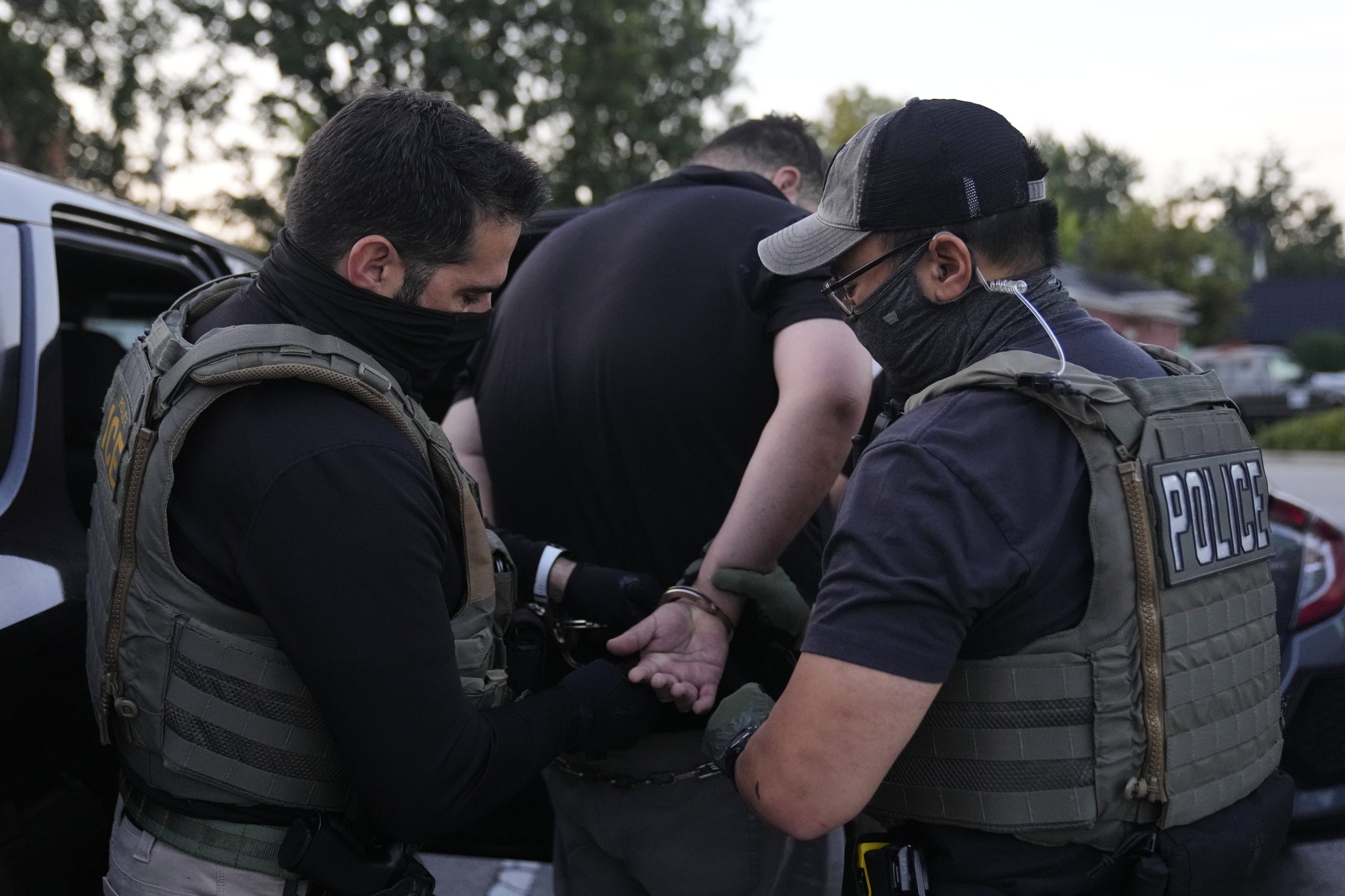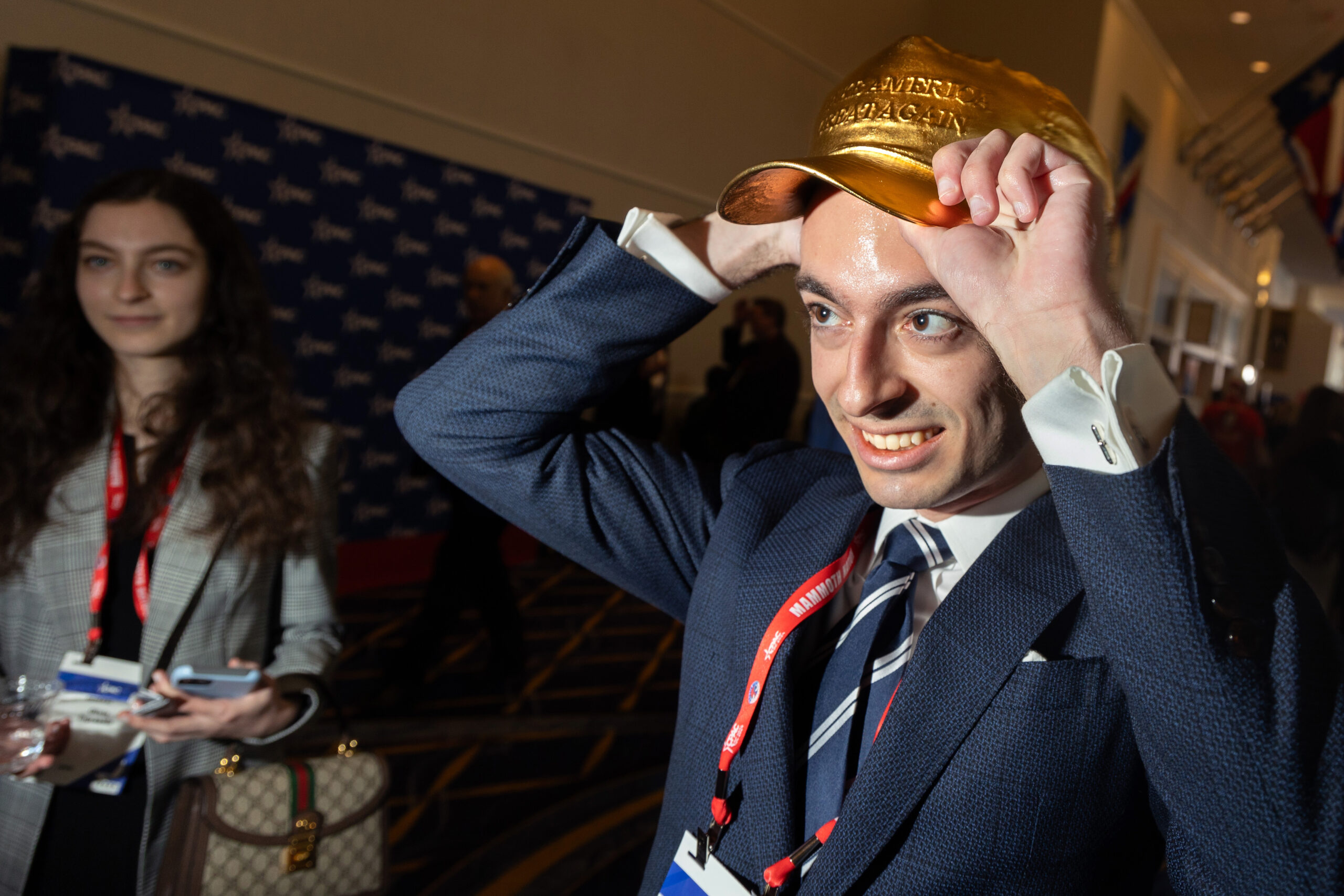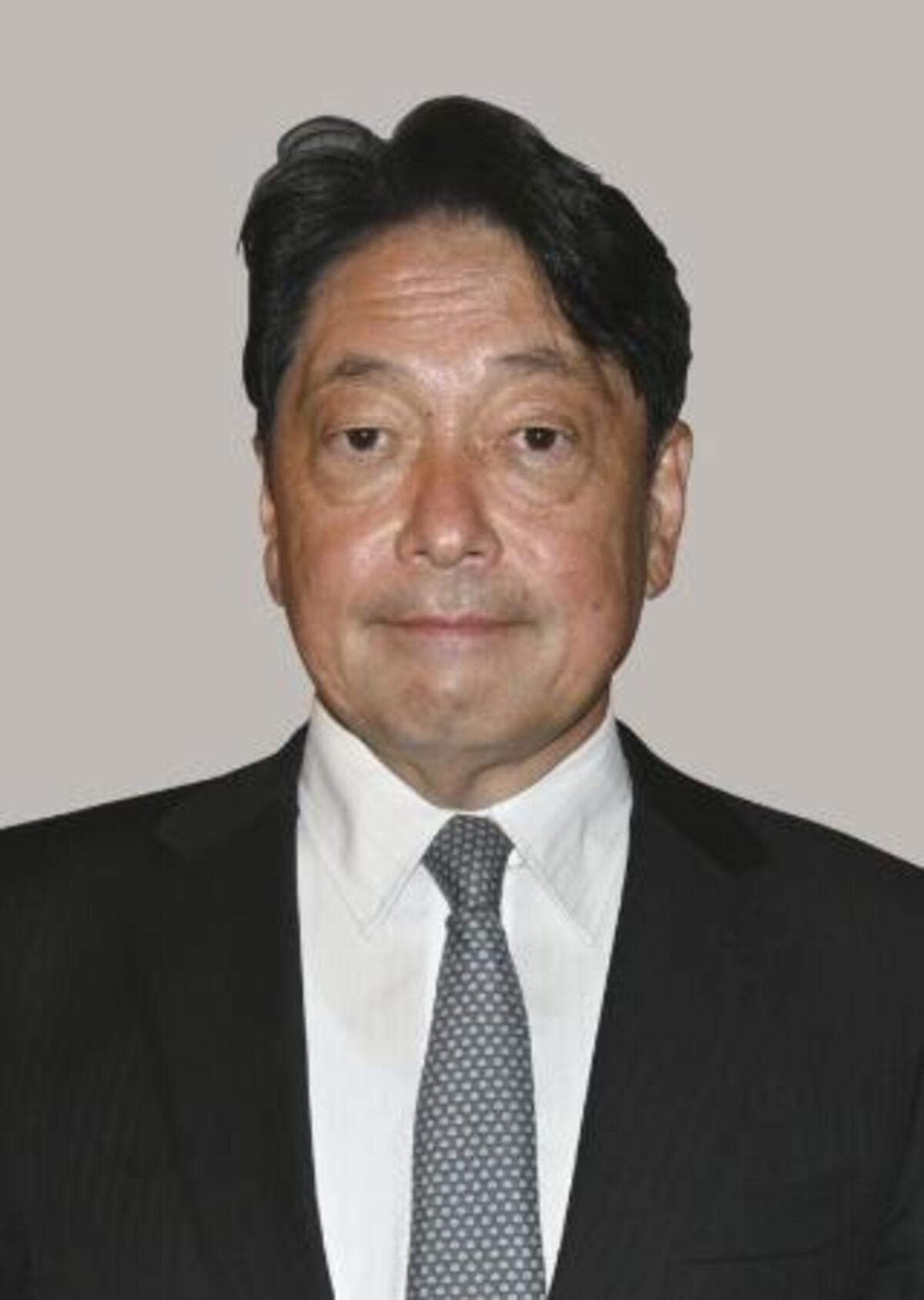Three progressive Minneapolis City Council members are quietly working to strengthen the city’s 22-year-old separation ordinance that limits coordination between the city’s police department and federal immigration authorities. Their goal is to set a national standard for pushback against what they describe as illegal overreach by Immigration and Customs Enforcement (ICE) and other federal agencies.
“We want to make sure that we are not doing the work of a federal government that seeks to kidnap our neighbors without due process,” said City Council Member Aur Chowdhury. She is collaborating on the measure with Council Vice President Aisha Chughtai and fellow member Jason Chavez, in consultation with the Minneapolis City Attorney’s office.
A city spokesperson declined to comment on the ongoing discussions.
While specifics are still being worked out, advocates for a stronger ordinance are calling for measures such as no information sharing between the city and federal agencies, as well as punitive actions for local law enforcement agents who violate the ordinance.
### Context: National and Local Sanctuary Efforts
This effort comes as President Donald Trump targets “sanctuary” cities like Los Angeles and Chicago, which have local ordinances safeguarding the rights of noncitizen residents regardless of their immigration status.
In Minnesota, 20 counties and two cities—Minneapolis and St. Paul—have been designated by the Department of Homeland Security as “sanctuary jurisdictions.”
Talk of strengthening the city’s separation ordinance accelerated following a June 3 federal search of a Lake Street business. Hundreds of people showed up to protest, believing it was an immigration raid. Minneapolis Police Chief Brian O’Hara defended the presence of Minneapolis Police Department (MPD) officers at the scene, saying they were called in for crowd control.
### MPD’s Position on the Separation Ordinance
Responding to a City Council request in May about MPD’s practices related to the separation ordinance, the department shared that it issued a special order in February prohibiting officers from “engaging in federal immigration enforcement activities.”
The Minneapolis City Auditor’s after-action review of the June 3 raid found that MPD followed the city’s existing separation ordinance, despite allowing federal agents to move freely around the crowd.
However, Chowdhury said the review also revealed “inadequate” communication between City Hall and local council members regarding the extent of MPD’s involvement in the raid.
“What was also shown in the after-action review is that the separation ordinance needs to be strengthened because it is outdated, created before ICE was even an entity,” she explained.
### City Officials Respond
In a constituent update on Friday, Minneapolis Mayor Jacob Frey noted that the city’s separation ordinance is already among the country’s strongest.
“Minneapolis has strictly upheld its Separation Ordinance, ensuring that City employees including police officers and firefighters are prohibited from participating in civil immigration enforcement,” the update stated.
### Expert Opinions and Community Demands
Richard Painter, a University of Minnesota law professor and legal ethicist who served in the administration of former President George W. Bush, shares concerns about federal overreach.
“I strongly oppose [ICE agents] wearing masks,” Painter said, adding that such actions could violate 19th-century laws enacted to curb the Ku Klux Klan’s reign of terror in the post-Civil War South.
He also argued that the last thing an understaffed Minneapolis Police Department needs right now is to be yoked into supporting a powerful federal agency whose budget has tripled this year.
“Minneapolis can say they’re a sanctuary city, but if there’s a legal basis for someone to be detained, there’s nothing they can do about it,” Painter noted.
Still, local groups such as the Minnesota Immigrant Rights Action Committee (MIRAC) want the city to go further.
At an October 16 news conference attended by mayoral candidates Sen. Omar Fateh, DeWayne Davis, and Jazz Hampton, MIRAC representatives laid out four specific demands for the city:
– No information-sharing between local law enforcement and federal agencies
– No local law enforcement participation in federal enforcement, including supportive roles like crowd control
– A requirement that federal agents show their faces and wear official badges with nameplates
– “Punitive measures,” up to and including termination, for personnel or agencies violating the separation ordinance
### Legal Limitations and Next Steps
Painter emphasized that the Constitution grants federal power to enforce immigration law, which overrides state or local jurisdictions. This means that even a stronger separation ordinance won’t prevent ICE from acting as it wishes in Minneapolis or elsewhere.
MIRAC member Erika Zurawski said her organization is meeting with City Council members next week.
“We recognize that our demands go above and beyond what other cities are doing… we are demanding Minneapolis lead the way,” Zurawski said.
Chowdhury agrees that Minneapolis should set the standard for how large, multicultural cities stand up to the Trump administration. However, while acknowledging “the urgency of the moment,” she declined to say when a draft ordinance might come before the City Council.
“We are going to take the time to get it right,” she said. “We want to make sure we have accounted for everything.”
https://www.minnpost.com/metro/2025/10/minneapolis-council-members-taking-on-update-of-citys-separation-ordinance/




